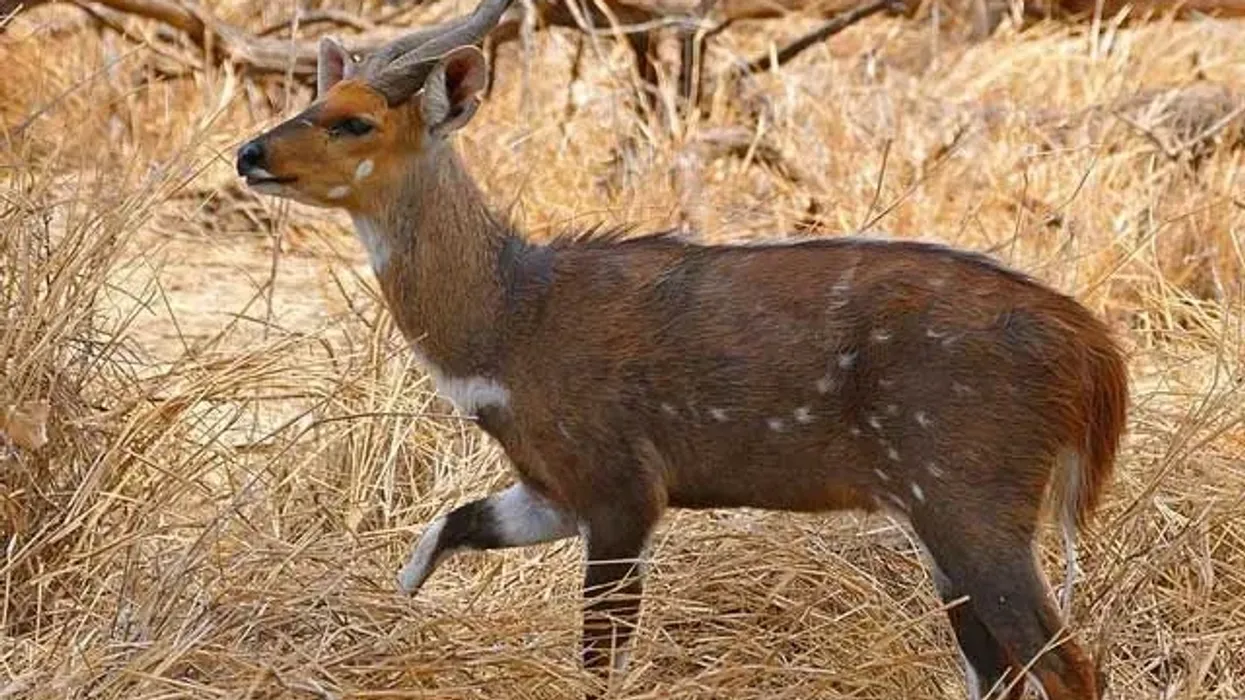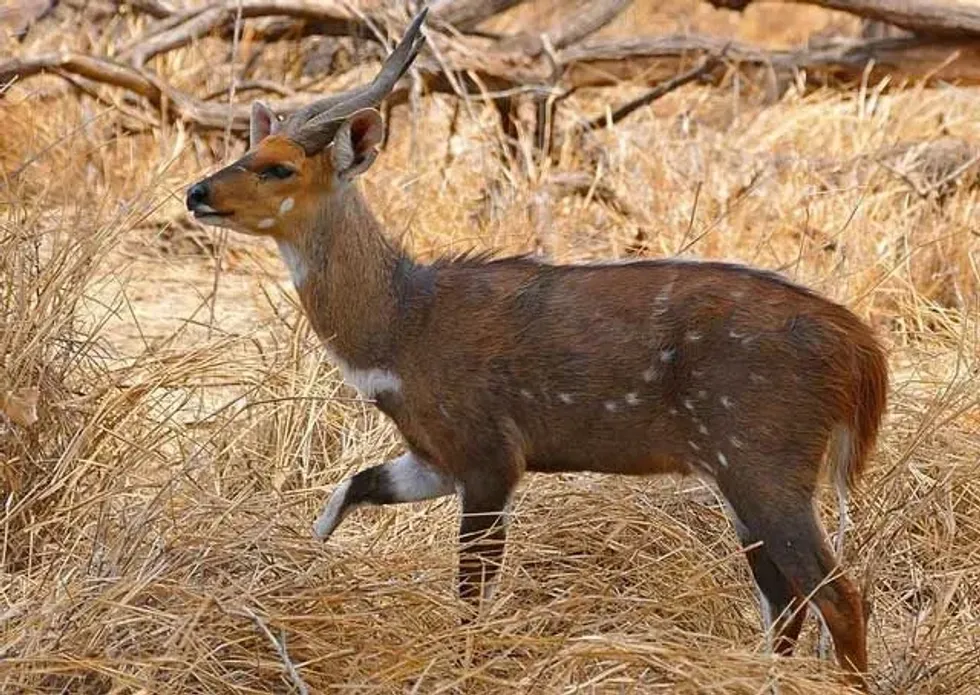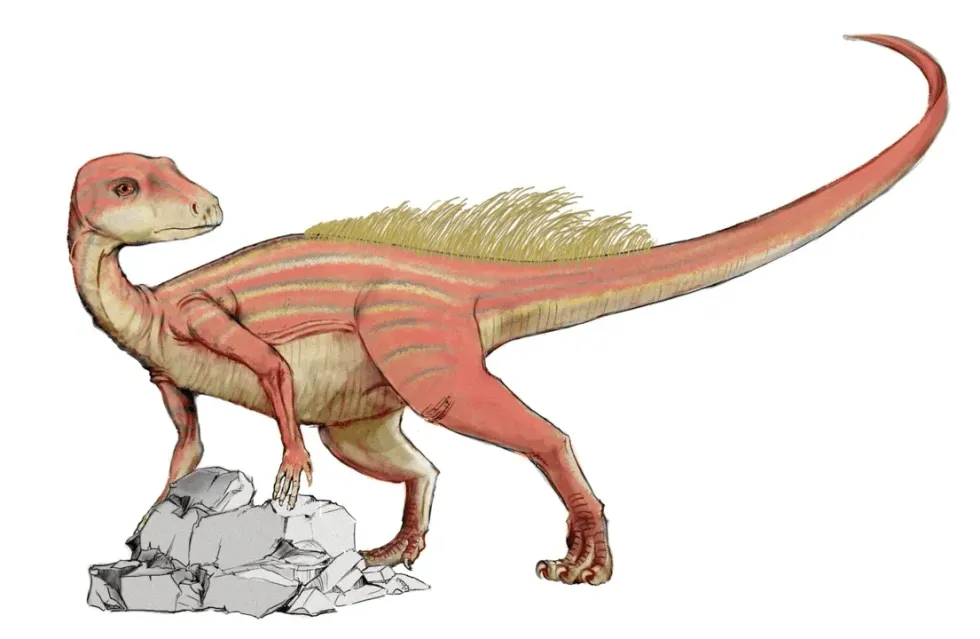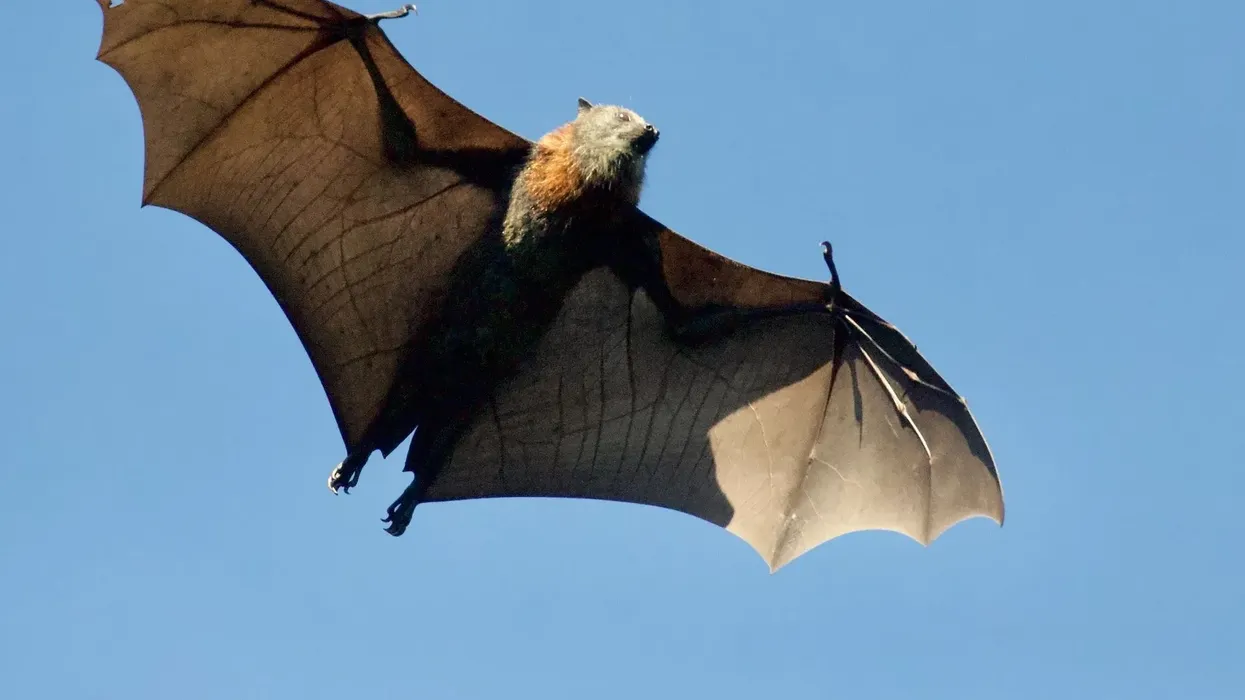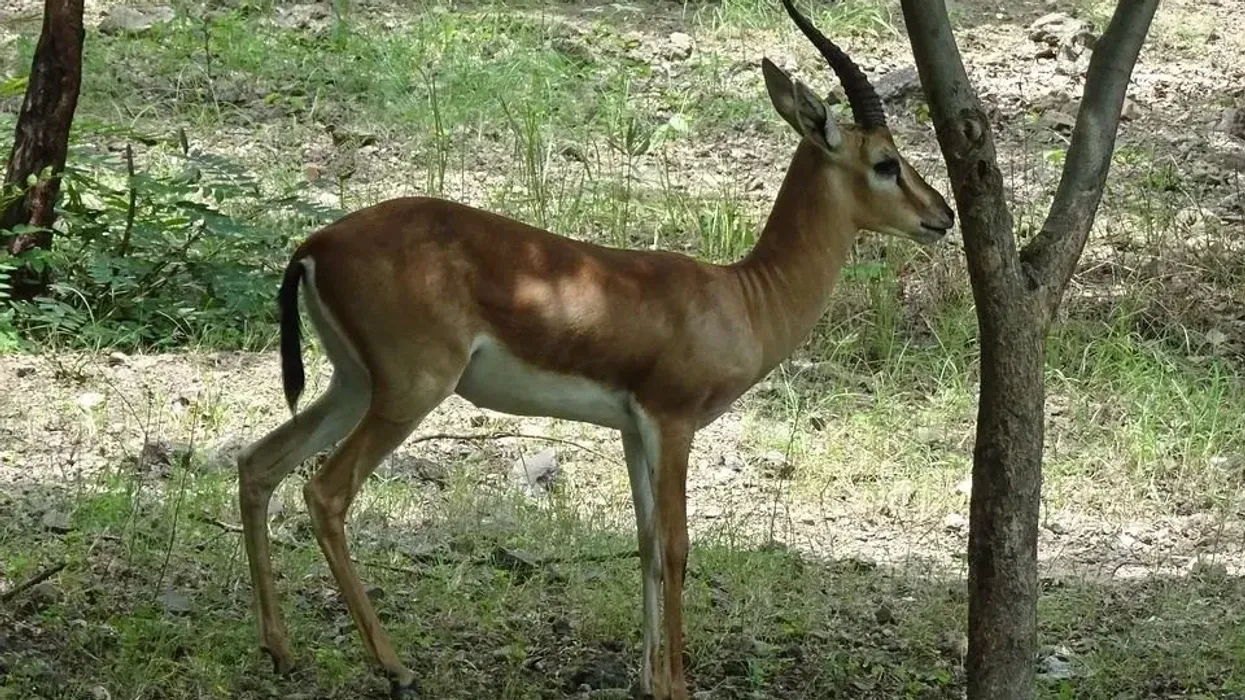The bushbuck (tragelaphus scriptus) is a common species of antelope found in sub-Saharan Africa. Bushbucks can be found in moist or tropical rain forests, or forest savanna mosaic, bushveld, savanna, woodland.
The bushbuck has a light brown colored coat with seven stripes on its back and geometrically shaped white patches on its sides that are also found on mobile parts like ears, chin, tail, legs, and neck. Their muzzle is also white, but horns are only on males.
The horns will grow to the size of a meter with one twist in them. The bushbuck (tragelaphus scriptus) is considered to be the least of the social antelopes.
Males will make special efforts to stay by themselves. Only females will make groups with other females and their young ones.
The mothers are extremely protective of the young ones and will make a special effort to keep them hidden. The young calf starts to come out with its mother for long periods during the day when it is about four months old
The mother cleans them, also eat their dung to hide their scent which might attract predators. Bushbucks are nocturnal animals and are most active during the early morning or late night. Bushbucks use their coat color to protect themselves by camouflaging themselves with their surroundings. They are not known to be confrontational.
Here are some interesting facts about the bushbuck for your perusal. Afterwards, do check our other articles on blackbuck facts and waterbuck facts.
Bushbuck Interesting Facts
What type of animal is a bushbuck?
The bushbuck (tragelaphus scriptus) is a type of antelope species found in the sub-Saharan region of Africa. There is one variety in them called Cape Bushbuck. Bushbucks are non-confrontational animals whose breeding process takes place in rainy season.
What class of animal does a bushbuck belong to?
The bushbuck belongs to the mammal class of animals as they give birth to one offspring like other mammals. Bushbucks are a type of antelope found on the continent of Africa.
How many bushbuck are there in the world?
There are about 1,340,000 individuals in the world. However, loss of habitat and human encroachment in the form of settlements, agriculture, and roads is creating issues for the bushbuck populations.
Where does a bushbuck live?
Their bushbuck is found in the sub-Saharan region of Africa. Bushbucks are more concentrated in central African countries.
Their habitat range is from the south of Sahara north of the Kalahari desert. The Cape bushbuck is a type of subspecies that has less stripes than the bushbucks found in West Africa. Bushbucks are found from the Cape in South Africa to Angola and Zambia.
What is a bushbuck's habitat?
The bushbuck habitat is present throughout central African region. This species is widely spread in this area and have adapted themselves to a variety of habitats with enough cover. Bushbucks are found in Montane grasslands and shrublands, tropical savanna, tropical dry forest, tropical moist forest.
Who do bushbuck live with?
Bushbuck are considered to be the least social of antelopes and have a very small home range. Males will make special efforts to stay by themselves. Only females will make groups with other females and their young ones.
How long does a bushbuck live?
The bushbuck will live for 15.3 years in captivity. The antelope species may live for a shorter duration in the forests as many predators hunt them, particularly young calf.
The bushbuck is usually most active during early morning and also for some part of the night. But these animals tend to be entirely nocturnal in areas where humans are also present.
How do they reproduce?
Females attain sexual maturity at the age of 14 months and males attain maturity at the age of 11 months. However, they do not mate till they are three years of age, after which they start growing horns.
They are known to breed throughout the year, especially during the rainy season. After a gestation period of seven months, females give birth to a single calf.
After giving birth, the mother leaves her calf well hidden and visits only to nurse it.
Mother cleans them and also eat their dung to hide their scent from predators. The young calf starts to come out with its mother for long periods during the day when it is about four months old and has gained some maturity.
What is their conservation status?
The bushbuck has the conservation status of least concern, as their population is stable. However, loss of habitat and human encroachment in the form of settlements, agriculture and roads is creating issues for the bushbuck populations.
Bushbuck Fun Facts
What do bushbuck look like?
The bushbuck has a light brown colored coat with seven stripes on its back. There are geometrical white splotches on its sides that are also found on the mobile parts like ears, chin, tail, legs, and neck of these animals.
Their muzzle is also white, but horns are only on males. The horns will grow to the size of a meter with one twist in them.
The west African bushbuck or the cape bushbuck have fewer stripes than east African ones. They have sprout horns that are strongly twisted and at maturity form the first loop of a spiral
How cute are they?
They are cute animals who are known for their non-aggressive attitude. They prefer living alone and are known to be the least social antelope.
How do they communicate?
Not much is known about their vocal or non-vocal communications. They will try to stay in covered regions and avoid exposing themselves. They will camouflage with the surroundings to protect themselves, slowly walk to the nearest cover, lie flat on the ground, stand still or bound away making a series of hoarse barks as a way to avoid danger.
How big is a bushbuck?
They are medium sized antelopes with a length of 3.93 ft (1.19 m) and 2.95 ft (0.89 m) height.
How fast can a bushbuck run?
The bushbuck can run at a considerable speed. However, the animal prefers to stay hidden.
How much does a bushbuck weigh?
The bushbuck weighs in the range of 99-176 lb (44.9-79.8 kg).
What are the male and female names of the species?
The male bushbuck is called a buck, and the female is called a doe.
What would you call a baby bushbuck?
The baby bushbuck is called a calf. After giving birth the mother leaves her calf well hidden and visits only to nurse it.
What do they eat?
Bushbucks are herbivores and primarily eat leaves, twigs, and flowers of a variety of plants. They are selective about what they eat and feed on herbs and shrubs, fallen fruits, acacia pods, tubers, barks, flowers. They can survive on dew in case of water scarcity.
Predators for bushbuck include leopards, lions, hyenas and cheetah.
Are they dangerous?
No, they are not dangerous or harmful to humans in any way. They are not confrontational and prefer to stay alone.
Males make sure that they are left alone at all times. The bushbuck is usually most active during early morning and also for some part of the night. But these animals tend to be entirely nocturnal in areas where humans are also present.
Would they make a good pet?
They would make a good pet and do well in captivity, too, as their home range is small.
Did you know...
The color of the bushbuck coat will depend on their surroundings. It can be reddish, yellow or brown. The denser the forest, the denser the color of their fur.
These solitary animals do not like birds removing insects from their fur like other antelopes.
When frightened, the bushbuck will freeze or lay on the ground and wait for the danger to pass. It may produce a series of hoarse barks in some situations.
They are not fast runners but can swim well and can jump up to 6 ft (1.8 m) in the air.
The meaning of bushbuck is a small African striped antelope with scientific name Tragelaphus scriptus, native to sub-Saharan forests with spirally twisted horns in males.
These animals tend to attract predators and hence react in a particular way to avoid predators. When they sense danger in an open area, they may stand still or will slowly walk to the nearest cover.
If they are around a forest or thick bush bush, they tend to remain frozen in a still position, using their color to hide from predators. Sometimes they will sink to the ground and lie flat, or they may bound away, making a series of hoarse barks.
When you compare kudu and nyala, there are many differences instead of them having similar appearances. A young nyala is smaller, shorter and has a darker skin color as compared to kudu. Moreover, the hump of a nyala is smaller than that of a kudu.
What does a bushbuck look like?
The bushbuck has a light brown colored coat with seven stripes on its back and geometrical white splotches on its sides. They are also found on the chin, ears, legs, tails and neck.
Their muzzle is also white, but horns are only on males. The horns will grow to the size of around 3 ft (1 m) with one twist in them. The west African bushbuck or the cape bushbuck have fewer stripes than the east African ones.
What are the other names of bushbuck?
The other names for a bushbuck is harnessed antelope and the Cape Bushbuck.
Here at Kidadl, we have carefully created lots of interesting family-friendly animal facts for everyone to discover! For more relatable content, check out these European polecat facts and red angus facts.
You can even occupy yourself at home by drawing one on our bushbuck coloring pages.

